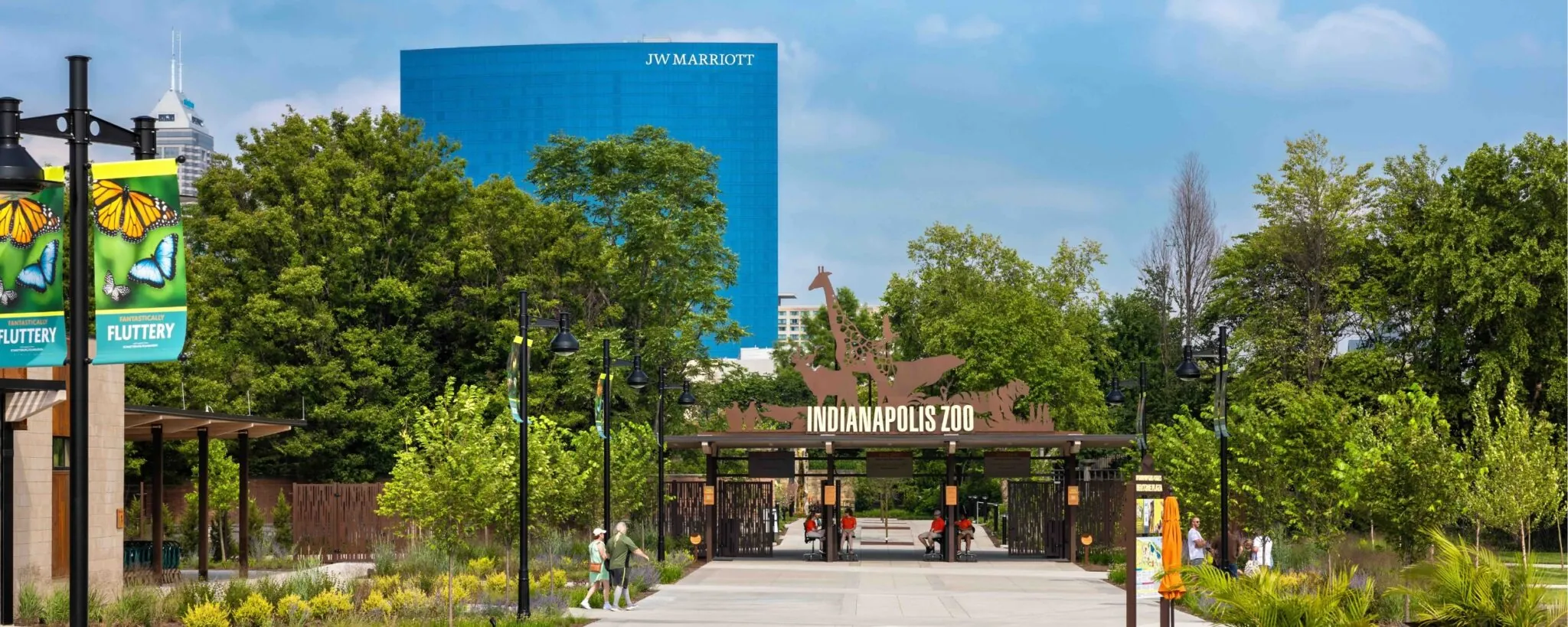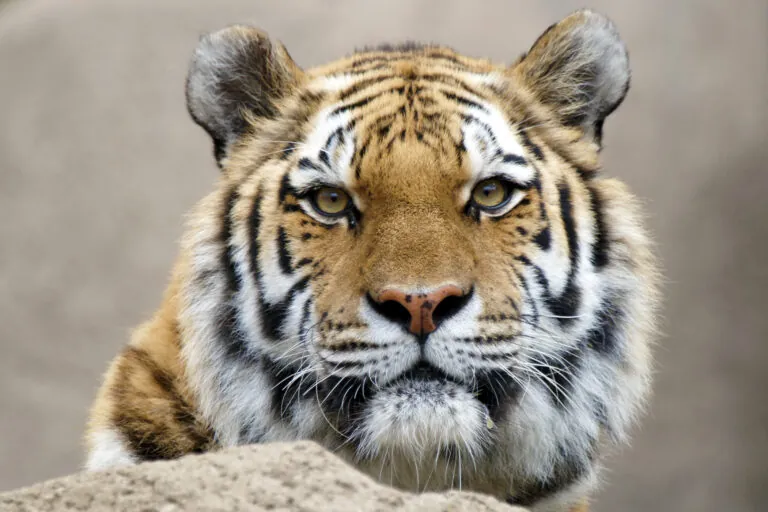
About the Zoo
Community Support
As one of the largest zoos in the country that does not receive government support, we rely on our donors for everything we do. Every dollar we spend is strategically put to work, and every donor that joins us in our mission of conservation is appreciated. See the strides we have made in the past years through our annual reports and tax forms below.

Our Mission
We protect nature and inspire people to care for our world.
Our Vision
We believe in a world where nature and people thrive.
Committment to Diversity
Consistent with the Indianapolis Zoological Society’s mission and values, the Indianapolis Zoo is committed to creating and maintaining a diverse and inclusive culture in which visitors, employees, suppliers and community partners are respected and valued.

We are one team. We work together to accomplish remarkable things. We care. We care for each other, our animals, our guests, our community and our business. We welcome everyone. We actively foster an environment of inclusion and understanding, and do not tolerate hate or racism in any form. We have integrity. We accomplish our mission with honesty and transparency. We strive for excellence. We will foster a culture of continuous improvement in all we do.

White River Gardens
As the first major development undertaken by the Indianapolis Zoological Society since the Indianapolis Zoo opened at its current White River State Park location in 1988, the addition of White River Gardens broke ground in October 1997. The Gardens’ designers intended to present traditional garden elements in a contemporary way, and White River Gardens is not the traditional garden that most people imagine.
White River Gardens formally opened to the public on June 13, 1999. The Zoo and Gardens share the same main entrance; however, the Gardens were initially maintained as a separate attraction until 2006 when it was included as part of the Indianapolis Zoo. Central to White River Gardens are the more than 16,000 plants, including both native and exotic species, many of which are rare or historic in value. The Gardens also include a glass-enclosed conservatory, outdoor design gardens, water garden, numerous artistic fountains and features, a wedding garden for ceremonies and receptions, 1.5 miles of winding paths and walkways, and an indoor/outdoor dining facility with a dramatic view of the downtown skyline and riverfront.
Visitors can enjoy the best of gardening ideas, plant information and inspirational design in the DeHaan Tiergarten, enjoy the lush tropical oasis year round in the Hilbert Conservatory, and can learn about Indiana wildlife and habitats while visiting the Family Nature Center.

